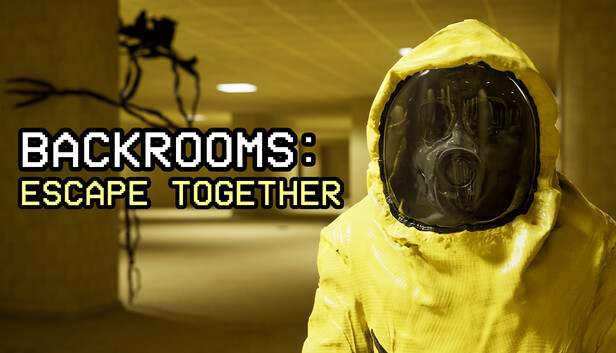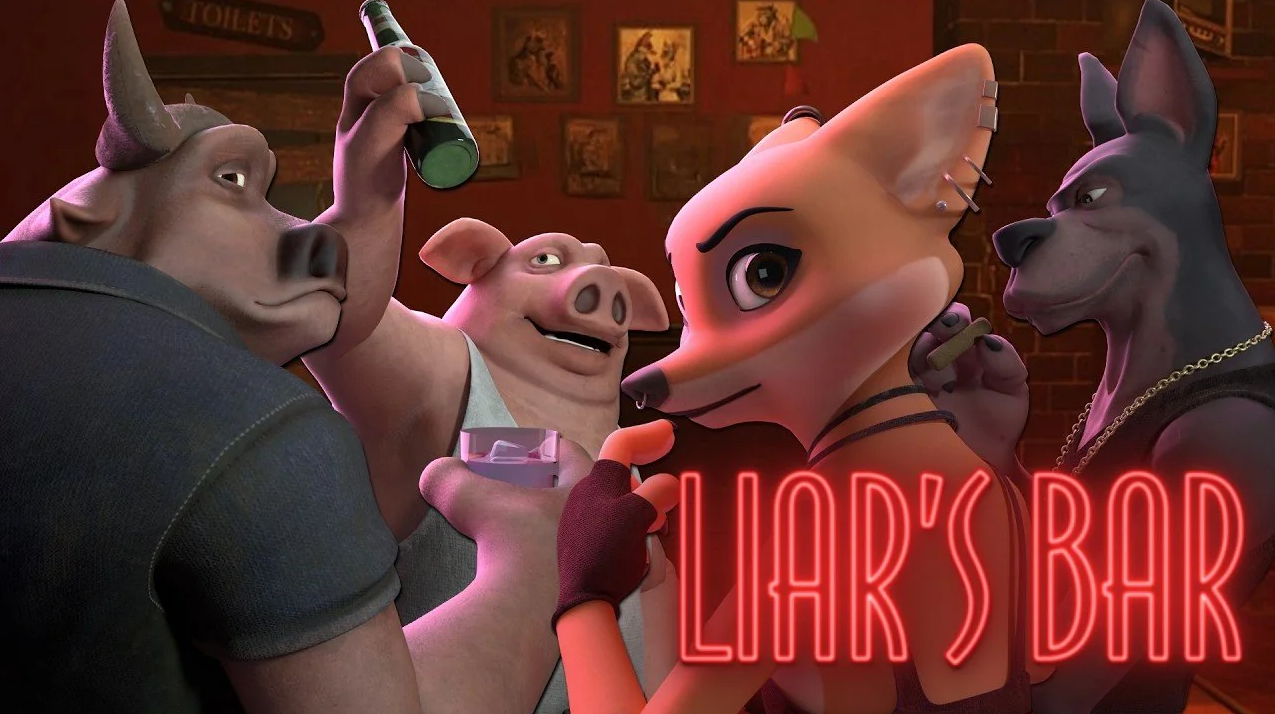
Deception fuels the core mechanics of Liar’s Bar, the stylish bluffing party game by Curve Animation. With its smoky, noir aesthetic and shady underworld setting, the game lures players into a high-stakes environment built on manipulation and misdirection. At its best, it captures the essence of a dangerous gamble. But beneath the clever setup lies a significant flaw.
The issue doesn’t stem from a lack of content or poor design—it comes from the game’s own rules. More specifically, its punishment system is so harsh that it discourages players from doing what the game wants them to do: lie. That contradiction leads to overly safe play, diminishing tension, and a breakdown of the bluffing loop. This article explores the consequences of that design decision and how it affects player behavior, replayability, and the future of the game itself.
A Game That Demands You Lie… Until You Do

Liar’s Bar offers two main modes: Liar’s Dice and Liar’s Deck. Both require players to deceive others in order to win.
In Liar’s Dice, players roll dice privately, then publicly declare a bid about the collective value on all dice. For example, a player might say, “There are five threes.” The next person must either raise the bid or challenge it. If the bluff gets called and turns out false, the liar drinks poison. Two poisons mean elimination.
Liar’s Deck introduces a slightly different mechanic. Players play cards face down, declare their face value, and choose whether to lie or tell the truth. If caught bluffing, they’re forced into a game of Russian roulette—potentially dying from a single mistake.
On the surface, these rules seem like the perfect recipe for tension and mind games. However, the consequences of lying are often too steep to justify the risk.
Fear of Punishment Undermines the Bluffing

Bluffing games thrive on a delicate balance of risk and reward. Players must believe they can get away with lies, but also fear being caught. If the punishment outweighs the reward too drastically, players abandon the bluff altogether.
Unfortunately, that’s exactly what happens in Liar’s Bar. Getting caught lying in either mode doesn’t just result in a setback—it often ends your game outright. Drinking poison puts you one step away from death. Russian roulette ends you instantly. The outcome is binary and brutal.
Because of these extreme consequences, players become hesitant to lie. Rather than taking creative risks, they default to safe, truthful plays. The meta-game shifts from “How do I out-bluff my opponents?” to “How do I survive without taking any risks?”
This defensive mindset doesn’t just affect individuals—it spreads across the table. When players sense that others are playing conservatively, they mirror that strategy. Before long, every round becomes predictable and dry, completely defeating the purpose of a bluffing game.
How It Feels to Play: Real Sessions, Real Behavior

During several play sessions—both casual and competitive—a pattern emerged. Players quickly learned to avoid lying unless absolutely necessary. First-time players were especially cautious. After one bad bluff and a shot of poison, they clammed up.
Veteran players did the same, though more tactically. They would sometimes bluff, but only when the risk of being called out felt low. Bluffing became a late-game tactic, reserved for when the player felt they had nothing to lose.
Worse, the punishment system created “spoiler” players—those who aggressively challenged every bluff, not out of strategy, but to force poison or roulette onto others. While this behavior isn’t cheating, it’s toxic to gameplay. It turns rounds into kamikaze matches, where players weaponize the punishment system itself.
Rather than a dynamic, psychological game of cat-and-mouse, Liar’s Bar begins to feel rigid and overly punishing. The thrill of bluffing, the game's heart, fades away.
Other Bluffing Games Get This Right

To see why Liar’s Bar struggles, let’s compare it to other games in the genre.
Take Skull, for example. In Skull, players bluff by hiding a “skull” card among harmless ones. If someone challenges incorrectly, they lose a card. The loss is a setback, but not catastrophic. This allows players to take chances and recover from mistakes.
Coup also does this well. If you're caught bluffing, you lose one of your two influence cards. You're closer to elimination, but still in the game. This gradual penalty system encourages risk without making it fatal.
Contrast that with Liar’s Bar, where one lie might end your session immediately. The message becomes clear: don’t lie unless you’re sure you’ll get away with it. But in bluffing games, certainty kills the fun.
The Psychology of High-Stakes Risk Aversion
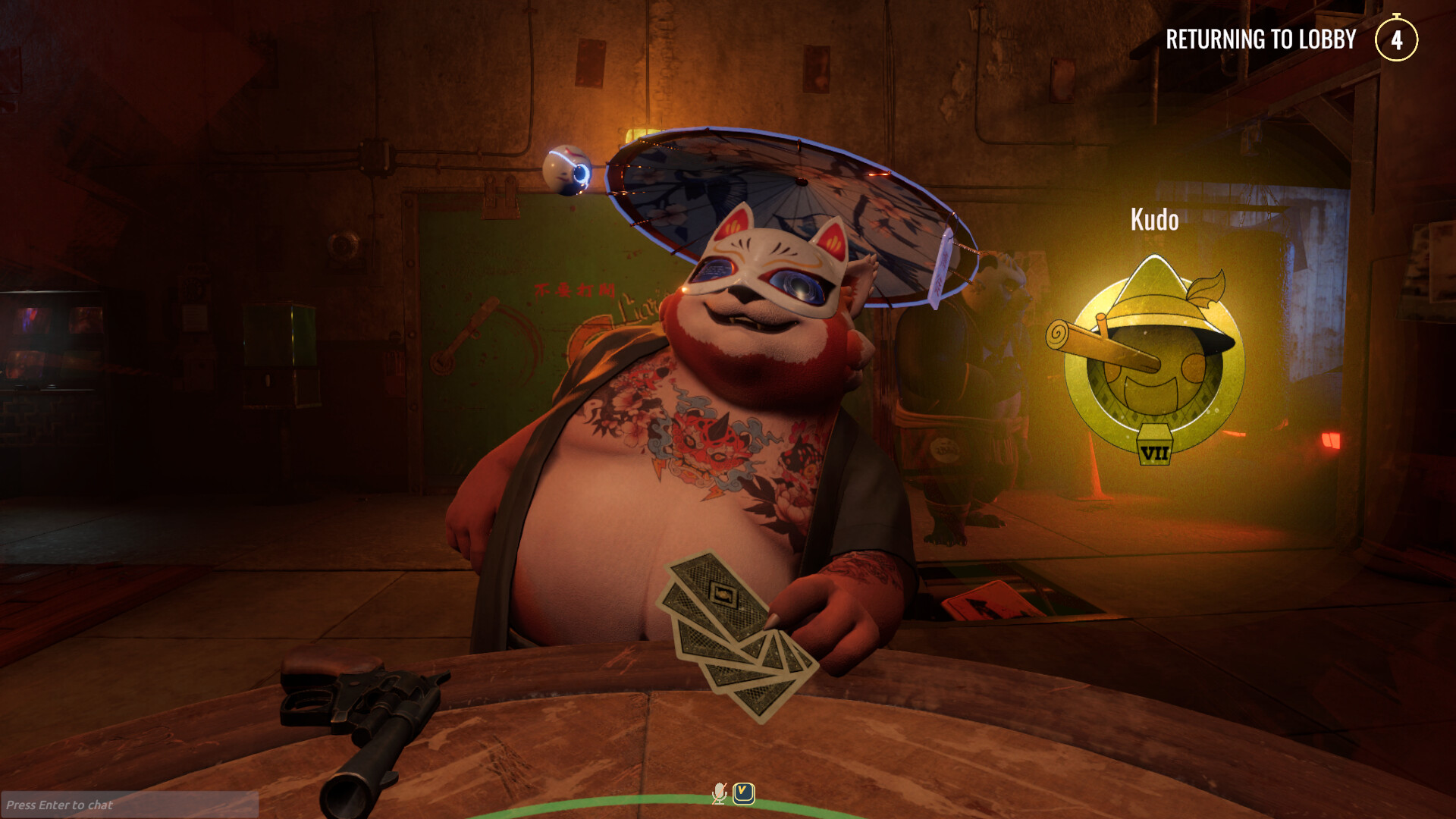
From a psychological perspective, this issue makes complete sense. Behavioral economics tells us that people tend to avoid actions with high risks, even when those actions offer high rewards. This is known as loss aversion—the idea that people feel losses more intensely than they feel equivalent gains.
In Liar’s Bar, this principle hits hard. The chance of drinking poison or dying in Russian roulette feels overwhelming compared to the modest satisfaction of a successful bluff. So players avoid it. Not because they don’t want to lie, but because the consequences are just too severe.
This shift from strategic deception to survival instinct breaks the game loop. Instead of crafting lies and reading opponents, players focus on staying alive. That’s not the behavior the game wants to inspire—and certainly not what bluffing fans are looking for.
What Players Are Saying: Community Reactions
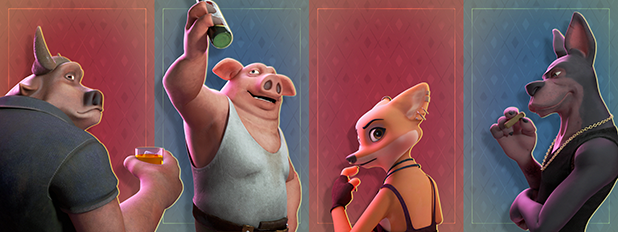
On platforms like Reddit and Steam, player feedback echoes this sentiment.
“Everyone just plays safe. No one wants to be the first one to lie because the penalties are too extreme.”
—Reddit User
“I love the concept, but Russian roulette for getting caught in a card bluff is overkill. I want to play the game, not die in round two.”
—Steam Review
“The poison mechanic makes sense thematically, but it's too punishing in practice. I’ve seen entire games where no one bluffed at all.”
—Discord Discussion
Many players love the art style, voice acting, and barroom drama—but consistently criticize how the game handles punishment. The consensus is clear: the punishment system needs to change.
How to Fix It: Designing for Risk, Not Ruin

So how can Curve Animation fix this without removing the stakes that give the game its tension?
Here are five design ideas to make bluffing viable again:
1. Introduce Gradual Punishments
Instead of immediate death or poison, introduce a multi-tiered system. Maybe the first caught lie costs points or disables a skill. A second could lead to poison. This keeps tension without ending the game early.
2. Add Bluff Rewards
Give players tangible rewards for pulling off a successful bluff—extra cards, immunity from the next challenge, or bonus points. Bluffing should feel rewarding, not just like avoiding punishment.
3. Modify Russian Roulette
Make the gun mechanic less fatal. Perhaps the gun has two empty chambers for every one bullet. Or players can collect tokens to reduce their odds of death. This adds strategy and mitigates instant elimination.
4. Cap the Number of Challenges
Limit how often players can challenge others. This would prevent “spoiler” players from abusing the system. It also forces players to think more carefully before calling someone out.
5. Add Hidden Modifiers
Let players bluff about what poison does—or whether they’re even poisoned. Hidden statuses add layers of deception, making the game more unpredictable and complex.
These changes wouldn’t remove the risk. Instead, they’d balance it, allowing bluffing to become viable, exciting, and sustainable across multiple rounds.
Why It Matters for the Game’s Future
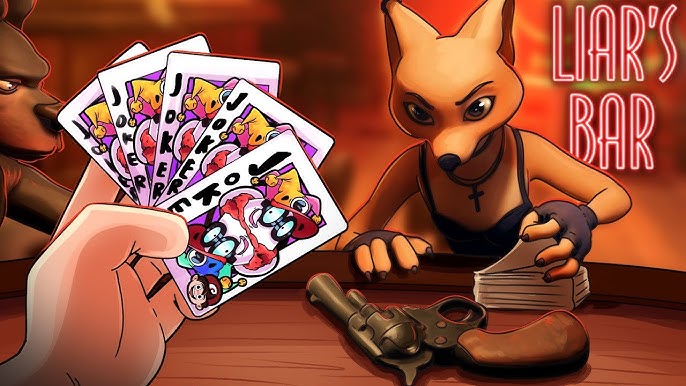
Liar’s Bar stands out with its unique setting, stylish visuals, and intense atmosphere. The idea of a bluffing game where people lie to survive in a seedy bar is genuinely exciting. But for it to live up to its potential, it must let players lie without immediately punishing them out of the game.
As it stands, too many players play it once, lose from a bad bluff, and never return. Others play safe, get bored, and leave. For the game to succeed long-term—especially in a crowded genre—it needs to support risk-taking, not punish it.
Bluffing is about taking chances, crafting believable lies, and reading your opponents under pressure. That kind of tension doesn't come from death roulette or instant poison. It comes from uncertainty, bluffing opportunities, and creative play. Liar’s Bar can deliver that—if it allows itself to.
Lying Should Be Dangerous—Not Suicidal

Liar’s Bar sets out to be a game about deception, manipulation, and tension. It succeeds in style and concept. But the current punishment mechanics work against its own identity.
By making the cost of lying too high, the game discourages bluffing—the very behavior it should encourage. Players play safe, play honest, and the drama vanishes.
To fix this, the developers must rethink how they handle failure. Bluffing games must allow for risk, error, and growth. If Liar’s Bar can strike that balance, it could become one of the greats in its genre. Until then, many players will keep telling the truth—not because they want to, but because lying simply isn’t worth it.




















